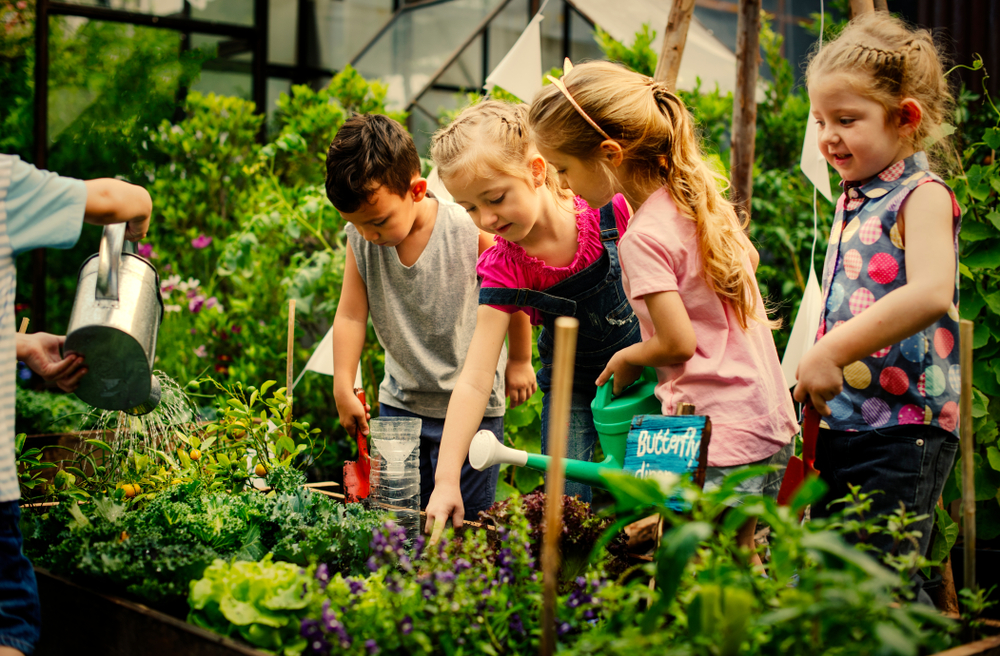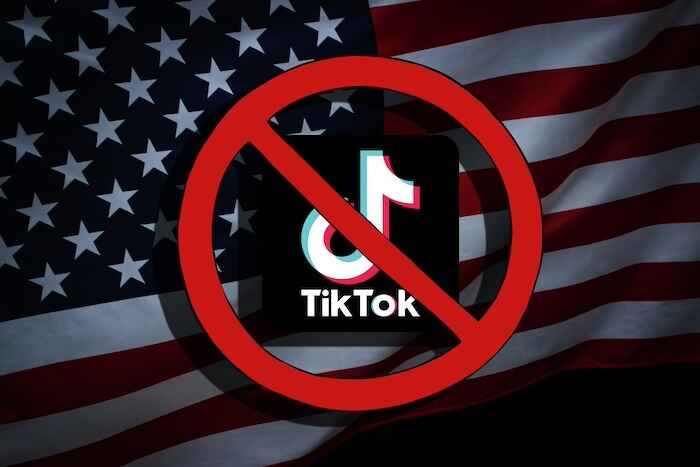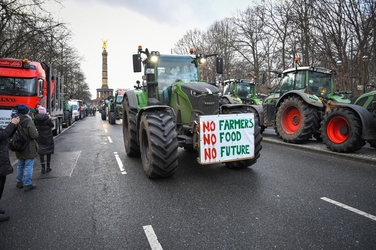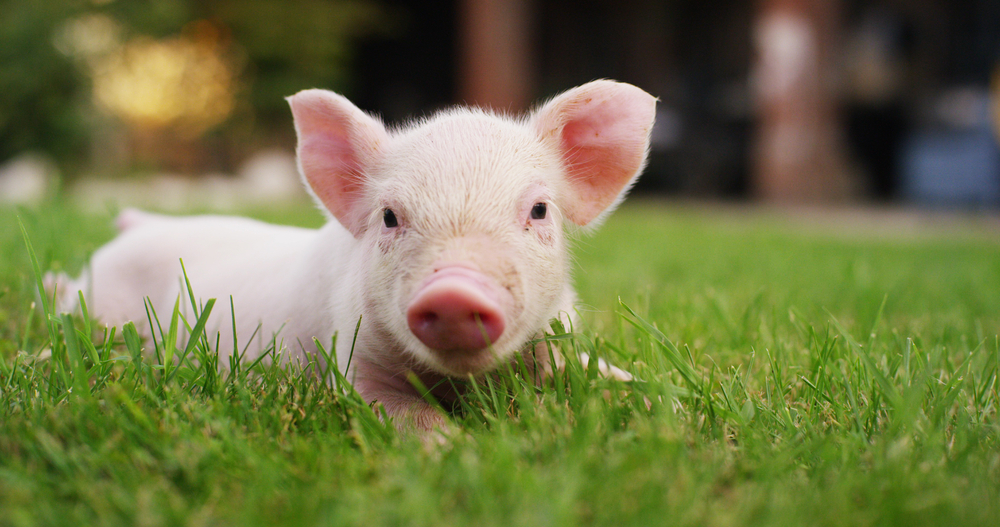The Big Problem With Dietary Guidelines
Joel Salatin|April 28, 2022

Editor’s Note: One of Manward’s core beliefs is that so many parts of our lives would be better if the government just stayed out of them. (Especially our wealth.) And today, Joel explains just how wrong the government got it when they put their noses in our food and nutrition. Check out his thoughts below.
In the late 1970s, the government created the Food Pyramid. It was the first major effort from a new federal program called the “Dietary Guidelines for Americans.”
Before it, school dining services, nursing homes, daycare facilities, hospitals, welfare programs and colleges could create their own menus and source their own food.
The Dietary Guidelines, however, put every kitchen and food program that received a dollar of federal money under the power of a menu compliance program.
A few years ago, the pyramid morphed into “MyPlate,” but the narrative hasn’t changed.
Warnings about our intake of cholesterol, salt, fat, calories and meat have been in our faces nonstop since the Dietary Guidelines program launched.
But, unsurprisingly, there’s a big problem…
The Dietary Guidelines Advisory Committee is composed of 20 people who create rules and policies for this program.
And recently, a study looked into the industry ties of members of the committee. It found that 19 out of the 20 members have serious conflicts of interest.
This is the first study of its kind, and it looked back 10 years. It reports that more than half of the members receive direct research funding from or are on the boards of companies like Kellogg, Abbott, Kraft, General Mills, Dannon and other industrial food giants.
Most are members of the International Life Sciences Institute. That sounds benign… but it’s actually a front for the Big Food lobby. Members include Coca-Cola, Mars Inc. (which makes candy bars, among other products), Nestlé, Hershey, Snapple, Monsanto, Syngenta, Bayer and Keurig Dr Pepper. This group puts out press releases that say things like glyphosate is “not likely” to cause cancer and reducing sugar intake is “not necessary.”
These are the folks who have control over what our children and grandchildren eat in school.
Farm School
I recently had the privilege of spending a day in a 500-student private school in Washington. It had just acquired a campus-adjoining four acres that it will develop into a farm.
The school enrolls students in kindergarten through 12th grade and provides daycare services. Its vision to integrate the farm into every aspect of its mission is laudable. From the classroom to community outreach, the school incorporates the farm into all of its various threads.
Right now, the farm has a couple of goats, a handful of chickens, a large hoop house for starting plants… and lots of dreams. As is always the case, the children love the farm. If fully utilized, the four acres could grow a substantial portion of the school’s food.
But, alas and alack, the Dietary Guidelines are a major hurdle for incorporating the farm’s production into the school’s dining services. Because the school participates in some government programs involving daycare and disadvantaged children, it must comply with the Dietary Guidelines. And the guidelines demand food sourcing from places that adhere to nutritional labeling and licensed provenance.
How many calories does a carrot have? What’s the fat content of chicken eggs?
For food services coordinators, it’s much easier to be compliant if you have industrial, non-shell eggs that are pasteurized and boxed with a nutrition label than if you have shell eggs from a backyard flock.
Sterility is a factor as well, so “unapproved” sources are a land mine for places like this school. Industrial, Big Food sources certify that their produce is duly chlorinated for safety or properly pasteurized to kill any biological activity.
With these on-site, evolving and alternative food sources, every item that enters the kitchen is suspect in the eyes of government agents.
My heart broke for the administrator, the faculty and the farm coordinators who see the children’s faces light up when planting, harvesting and building compost piles.
Farming is the perfect screen time antidote, and a farm is the best environment to learn about real life. Dealing with bugs is the basis for learning entomology and biology. Planting is the basis for learning math and algebra. Recipes are the basis for learning English and writing skills. Experiences in the garden form a rich base for essays. Interaction with animals offers countless object lessons, covering subjects like bullying, individuality and the various needs of diverse beings.
It’s all there in practical, hands-on, visceral interaction.
Nothing brings it all home, though, like eating the fruit of your labor. That’s when the magic happens and the circle of understanding closes.
These burdensome regulations, though, create a reality where Coca-Cola and candy bars are safe in the classroom but kid-grown carrots and eggs aren’t.
Something is wrong with this picture.
America’s poor health can be traced directly to the Dietary Guidelines, which determined crackers and bread to be the foundation of health.
The obesity epidemic is a direct result of Big Food using government agencies to tell folks what to eat.
We would have a much healthier food culture had the government never gotten involved.





